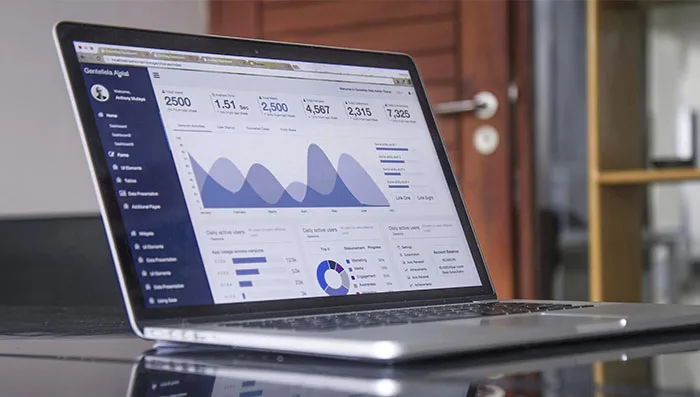Home » Macro Economic Overview » Gasoline stations
Gasoline stations
Total Sector Spending
Overall spending trends across an industry sector
What's the story behind the data?
Gasoline station spending has trended sharply downward across nearly all months since August 2024, with June 2025 marking one of the steepest drops (–4%). Facteus transactional data shows consistent year-over-year contractions in consumer spending, diverging from some publicly reported revenue stabilizations by top gas retailers. The declines in spend are not driven by fuel prices alone—inflation-adjusted pump prices were relatively flat or declining through much of this period. Instead, our data points to a contraction in consumer frequency and basket size at fuel retailers.
The drop appears especially acute among younger generations (Gen Z, Millennials), and among middle-to-upper income households, suggesting either a shift to alternative transportation modes (e.g., ride-share, EV) or a pullback in discretionary c-store purchases tied to fuel trips. Major brands like 7-Eleven and Shell continue to dominate market share, but overall average order values are drifting lower, even for convenience-focused chains.
External validation from AAA and EIA fuel consumption reports confirms a modest national dip in gas demand, though not to the extent we observe in transactional retail spend—underscoring that much of the decline we see is likely non-fuel spend that has historically ridden along with fuel stops.
Implications by Audience
FP&A / Strategy Teams
- Expect further pressure on same-store sales where fuel is not the primary traffic driver.
- Strategic planning should account for younger consumers’ continued retreat from the category—either due to EV adoption, reduced driving, or value-oriented fuel habits.
Marketing and Brand Teams
- Traditional loyalty plays may be less effective for Gen Z and Millennials. Focus brand efforts on Baby Boomers, who are the only cohort showing growth in spend.
- Cross-promotional offers at the pump (bundling fuel + food/beverage) could recapture share from competitors seeing lower AOVs.
Investors
- Brand-level AOV compression suggests worsening margin profiles, particularly for high-frequency players like 7-Eleven and Circle K.
- Market share is stable, with no brand showing a breakout shift. Any investor thesis based on retail fuel consolidation or pricing leverage needs to be tempered by consistent sector-wide contraction in discretionary spend.
Top Brands by Market Share
Leading brands ranked by market share within sector
Trends + Insights
Total Sector Spending
- Transactional data shows persistent negative YoY growth, with only January 2025 eking out a modest 1.5% increase. The rest of the year-to-date trend is negative.
- These drops contrast with public statements by gas majors forecasting stabilization, pointing to underperformance in in-store spend and non-fuel categories.
Sector Spending by Income
- Spending is down across all income brackets, but most notably in the $100K–$125K and $50K–$75K bands.
- The underperformance at higher income levels further challenges the assumption that inflation is the core cause—this is more about behavioral change than affordability.
Sector Spending by Generation
- Gen Z and Gen X are showing the steepest declines in engagement, while Baby Boomers are the only cohort with positive growth.
- This reinforces the narrative that older consumers remain reliant on traditional fueling stations, while younger consumers may be substituting behavior.
Top Brands by Market Share
- 7-Eleven maintains a strong lead (~28–32% share), while Shell sits comfortably in second.
- Market share movements are relatively flat, suggesting that no brand is pulling ahead despite sector softness—likely a sign of uniformly shared headwinds.
Top Brands by AOV
- AOV continues to drift downward across the board, with 7-Eleven showing the most notable compression (from ~$32 to ~$25).
- Declines are especially visible from late Q4 into Q2, aligning with broader recessionary consumer sentiment and rising competitive pricing.
Top Brands by AOV
Leading brands ranked by average order value within sector
This macro sector analysis provides detailed insights into economic trends and consumer behavior patterns. The visualizations below are derived from real-world transaction data and economic indicators.
Unlock additional content
Get immediate access to the full data set.
Sector Spending by Income Bracket
Industry sector spending patterns by household income level
Sector Spending by Generation
Industry sector spending patterns by generational cohort
Ready to Get Started?
Discover how to access personalized data and insights in a one-on-one session with our team!




